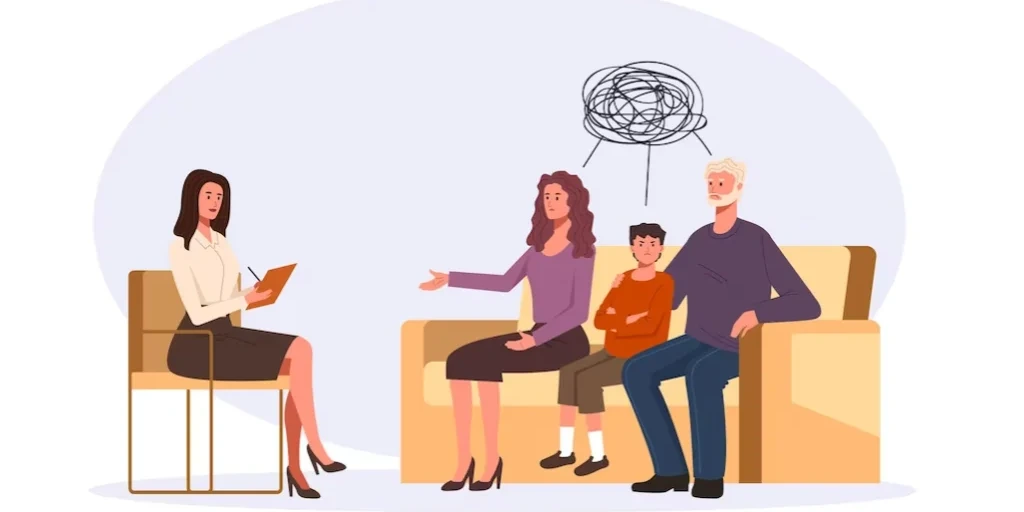24/7 Helpline:
(866) 899-111424/7 Helpline:
(866) 899-1114
Learn more about Eating Disorder Treatment centers in Santa Clara
Eating Disorder Treatment in Other Cities
Other Categories in Santa Clara

Other Insurance Options

Humana

State Farm

Amerigroup

PHCS Network

Health Partners

Carleon

Molina Healthcare

Cigna

Medical Mutual of Ohio

Regence

Holman Group

UMR

WellCare Health Plans

CareFirst

Highmark

Optima

Evernorth

Health Net

CareSource

MHNNet Behavioral Health















